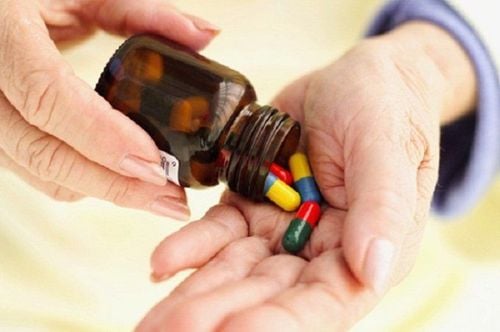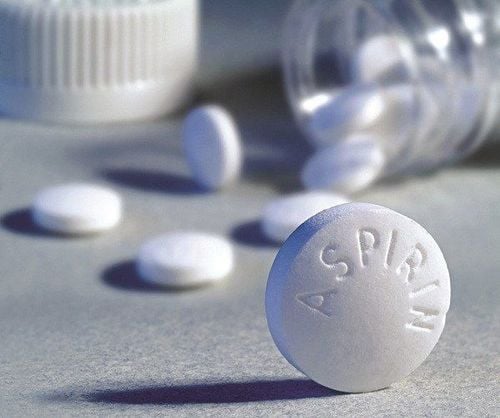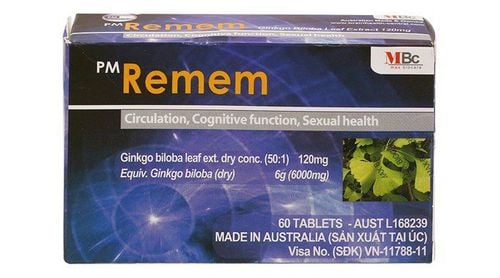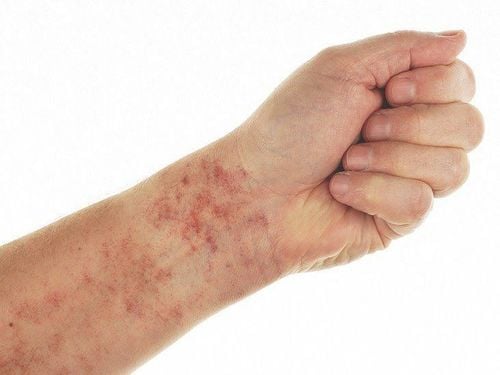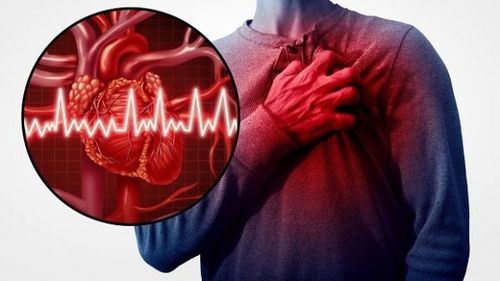This is an automatically translated article.
Cerebrovascular accident is a dangerous disease and can leave severe sequelae if not examined and treated promptly. Therefore, treatment and rehabilitation after a stroke is essential to ensure patients have a better life.
1. Classification of cerebrovascular accident
A cerebrovascular accident (also known as a stroke) is a type of damage that occurs when the brain is not supplied with enough oxygen due to the interruption of blood supply to the brain. Lack of oxygen and nutrients causes brain cells to die quickly. Therefore, strokes that occur without timely emergency care can leave severe sequelae, even death.Cerebrovascular accident can be divided into 3 main types:
Ischemic stroke: is the most common type with about 87% of the total cases of stroke. It happens when for a reason, for example, an artery is blocked, so blood cannot flow to the brain. Cerebral Hemorrhagic Stroke: Occurs when an artery in the brain bursts due to an enlargement or a malformation of the cerebrovascular system. Can occur within the brain or between the brain and the skull. Transient ischemic attack (TIA): Some people may call this a ministroke. A TIA can occur when blood flow to a part of the brain is not enough for a short period of time. In general, this is a non-dangerous field, leaving few serious complications. The brain will function normally again when it receives an adequate blood supply.
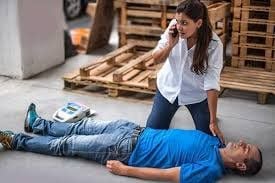
Cơn thiếu máu não thoáng qua
2. Causes of cerebrovascular accident
Some risk factors leading to cerebrovascular accident can be mentioned as:
Age: People aged 55 and over have a higher risk of having a cerebrovascular accident than other groups. Weight: Being overweight or obese is one of the leading causes of stroke. History of cerebrovascular accident or family history of stroke. Having a history of some diseases such as: high blood pressure, diabetes, high blood cholesterol (high blood fat), heart-related diseases... Sedentary Use a lot of stimulants such as alcohol, beer, etc. smoking, drugs... Many studies also show that men have a higher risk of contracting and dying from cerebrovascular accidents than women. If a cerebrovascular accident is diagnosed, prompt emergency treatment will minimize the sequelae. Late detection of a cerebrovascular accident can have severe consequences such as temporary or permanent paralysis, memory loss or even death.
3. Common sequelae after cerebrovascular accident
Here are some possible complications for people with cerebrovascular accident:
Paralysis: It is possible to paralyze some parts of the body such as arms or legs or hemiplegia. Difficulty in speaking or swallowing: Cerebrovascular accident affects the control of oral muscles, causing patients to have difficulty in eating and expressing their thoughts through speech. , in many cases can not speak. Cognitive disorders: It is one of the most serious complications for patients. Accordingly, the state of dementia, difficulty in thinking, reasoning, slow judgment, forgetfulness, impaired or even memory loss. Emotional disorders: Stroke patients often find it difficult to control their emotions, easily leading to depression. Pain: Appears in the parts affected by cerebrovascular accident. Reduced or incapacitated self-care: Stroke patients need more care from loved ones. They may face many difficulties in daily activities, even just lying in one place if they have a severe stroke.
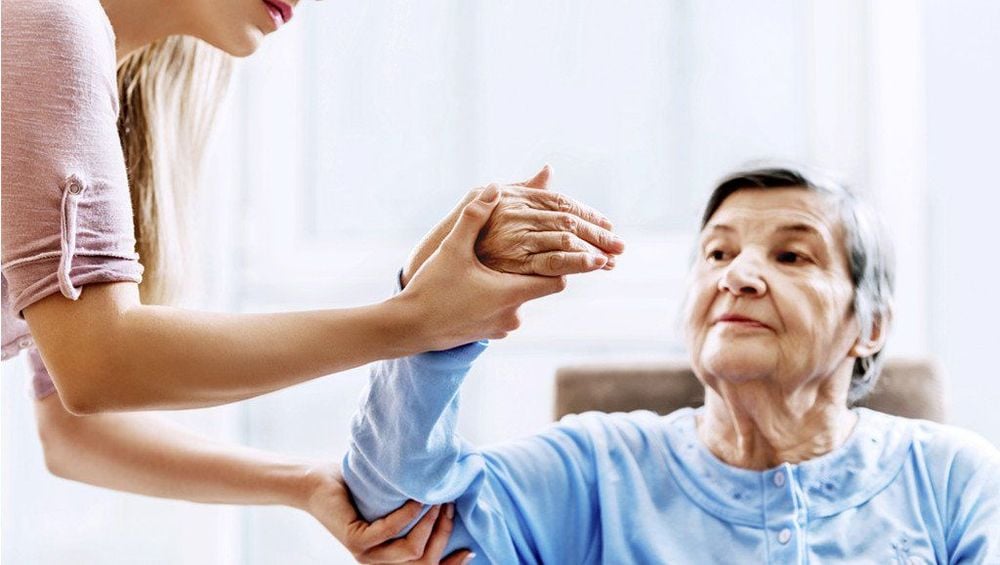
Rối loạn cảm xúc là một trong những biến chứng có thể xảy ra sau tai biến mạch máu não
4. Rehabilitation measures after severe cerebrovascular accident
Rehabilitation after a cerebrovascular accident depends on the severity of the type of complication that the patient has. For example: Help them practice walking in case of loss of leg movement, practice speaking and eating in case of loss of facial muscle movement, or help the patient improve thinking and judgment in case of cognitive disorders ...
The most common complication after a stroke is paralysis, partial paralysis or hemiplegia, especially in severe cerebrovascular accidents. Therefore, exercises can help patients regain some or all of their mobility.
Patients will be guided rehabilitation exercises at the hospital. However, that is not enough because this needs to be done continuously for a long time, so after returning home the patient still needs to continue exercising to bring back the results of recovery after increased sequelae. .
Here are some useful exercises to support movement recovery very well at home:
Leg exercises: Sit up straight in a chair, try to bring your left leg up parallel to the floor and then slowly lower, then to the right leg and sequentially repeat with 2 legs like this with 10 reps on each side. Twist: Sit up straight, place your right hand on the outside of your left thigh, then gently rotate your body to the left, back to normal and do the same with the right, 15 times each side. Knee curl exercise: Lie on your back, straighten your legs. Slowly bring one leg up, hold the knee with both hands and pull this leg towards the chest, hold for 5-10 seconds and then return to the original position, do the same with the other leg. Each leg does this exercise 10-15 times. Arm exercise: This exercise is similar to lifting a single dumbbell, but it should be practiced with bare hands at first, then gradually increase the amount of weight that the patient holds. Shoulder exercise: Put a water bottle or any object on the table, try to stretch as much as the arm on the paralyzed hand to reach for the water bottle. Do the movement 5 times, each time keeping the water bottle a little further away. Wrist exercise: Hold a water bottle in the paralyzed hand, use the wrist to raise and lower the water bottle, repeat this movement 10 times. One point to note when doing exercises at home is to let the body gradually get used to the movements. Trying too hard can lead to serious injuries.
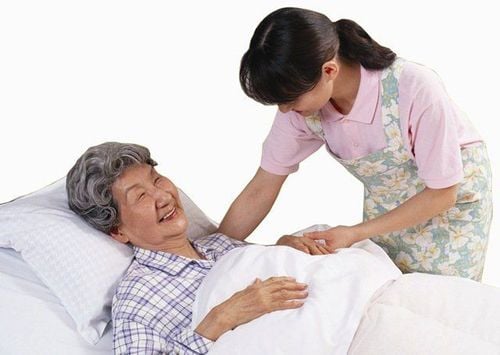
Tập luyện tại nhà để hỗ trợ phục hồi vận động
Cerebrovascular accident is a dangerous disease that, if not detected early and given immediate emergency care, can lead to death. Therefore, when the symptoms of cerebrovascular accident appear, relatives need to take the patient to medical centers for examination and treatment. For patients with cerebrovascular accident, it is necessary to be persistent in exercise rehabilitation to reduce the burden of disease for themselves and their families.
Vinmec International General Hospital is a hospital with the function of examining, treating and recovering many diseases, including cerebrovascular accident. At Vinmec, there are all necessary medical equipment to perform simple to complex treatment methods such as medical treatment, intervention, ... With the implementation of a team of medical professionals with expertise. highly qualified, have undergone training and have been granted technical certificates, can handle quickly and effectively, especially in cases of urgent emergency. Therefore, patients with cerebrovascular accident as well as many other diseases can rest assured with a strict, methodical and effective treatment process at Vinmec.
Please dial HOTLINE for more information or register for an appointment HERE. Download MyVinmec app to make appointments faster and to manage your bookings easily.
References: medicalnewstoday.com, mayoclinic.org, webmd.com, medicinenet.com, flintrehab.com



